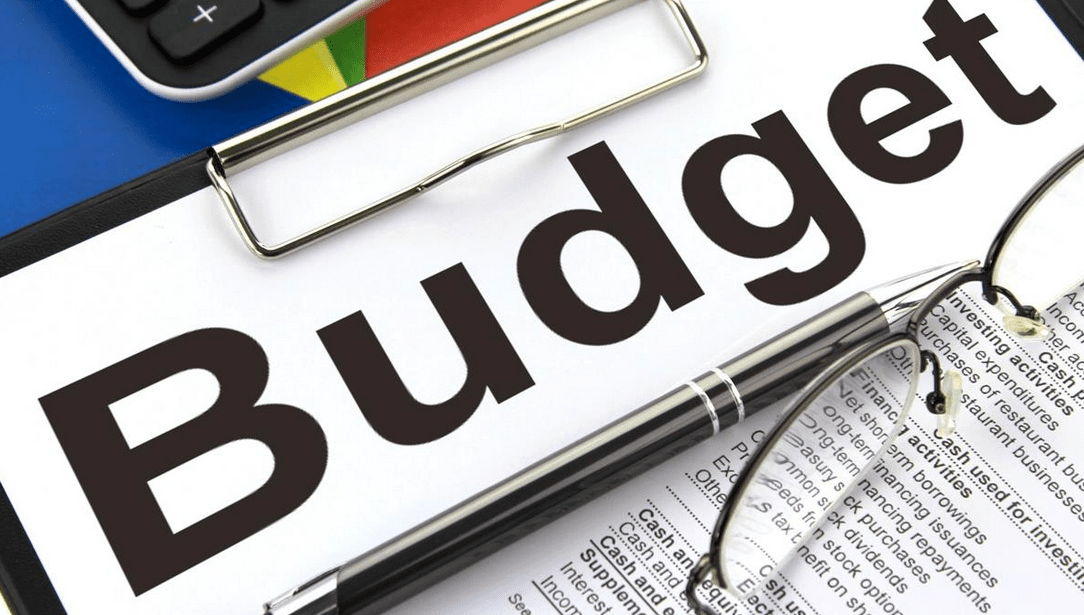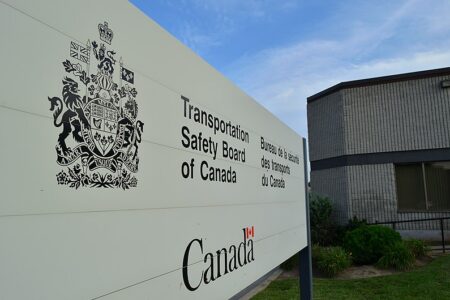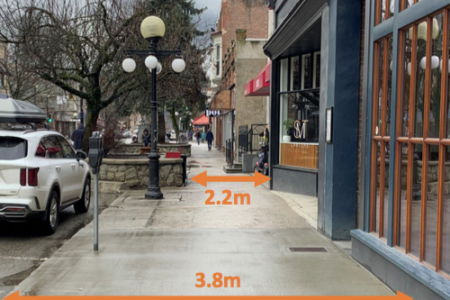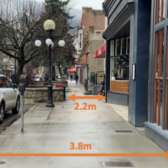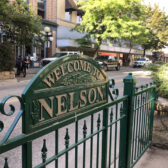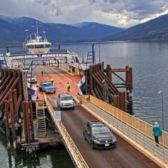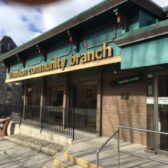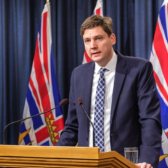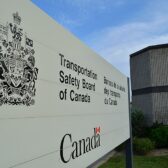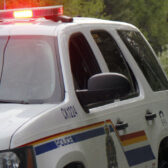Municipal tax rate twice the inflation rate as city delivers its latest budget
Inflation and wage cost pressure have left the city with no choice but to raise municipal taxes by twice the average annual amount.
The city will be bumping its annual taxation figure by a full four per cent, nearly double its historic rate increase, city council approved on Monday night, moving the average municipal tax increase up by $110.
The city is also recovering from the 2020 zero-tax increase as the city and world were combating the effects of the shut downs related to COVID-19 virus, city chief financial officer Colin McClure said.
“In considering the proposed larger tax increase this year a key fact to keep in mind is that over the past four years this council has been able to keep taxes at under two per cent on average while keeping and in some areas improving service levels for the community,” he said in his report.
The total municipal tax take, including the resource recovery cost, will be $3,094 — up from $2,984 — on the average single family home, an extra $110 per year.
The city is also very active on the capital project scene, said McClure, with over $110 million set to happen.
“Once again, the city has a very ambitious capital plan for 2022, with a proposed value at over $23 million,” he explained.
The replacement of the welcome to Nelson sign, improving wayfinding signage and washrooms and other improvements at Cottonwood Park begin the capital project list.
Those projects are added to the ongoing annual $1.2 million in paving and sidewalk upgrades, the completion of the pump house near Anderson Creek that will take water up through the pipeline installed in 2021 to the Mountain Station Reservoir.
“This will complete the $6 million grant funded secondary source project that started in 2020 with the installation of water piping alongside the rail trail connecting Selous Creek and the reservoir,” McClure said.
He characterized the capstone of the “Stores to Shores” vision — culminating in the new and improved Hall St Pier and Ladybird installation — as one of the more important projects of the year. Within that the city has already been approved for $1.5 million in grants to fund the construction of a new waterfront pier and Ladybird display.
“With significant inflationary costs to steel, wood and labour, a new design was required to assist in the escalating cost,” McClure said. “The approved design will add what is believed to be a very popular option of a swimming area.”
Even with the new design, the escalating cost of materials will result in the city needing to add $1.1 million dollars over two years to complete the new design.
Some of the larger city capital projects — like the $10 million multi-year Civic Centre Deep Retrofit and Revitalization project — are included in the budget but are grant dependent.
Other rates
In January of this year council approved an increase to water and sanitary rates for all connected properties by a combined 1.75 per cent — or $17 for a single-family home over 2021 — and $53 for a 50-seat restaurant.
At that same meeting council approved a $25 increase of the annual rate for residential resource recovery, which goes to $100 from $75. There was no increase to the $1.75 bag tag fee.
The $25 increase to the annual fee is to assist the city in funding, along with expected grants, a very ambitious and high greenhouse gas saving organics diversion plan that will use technology, through a food cycler.
“This table top machine will help manage food waste at the household level in a manner that will limit the number of pick-ups per year of organic product from our community,” said McClure in his report.
Tax rates
There was a 26 per cent increase in the residential assessment values for 2022, while commercial assessments also increased by 23.5 per cent as compared to 2021.
It was council’s objective to maintain the same tax rate ratios as previous years using the fixed share approach — keeping the share of the tax levy collected from each property class constant except where changes are due to non-market changes such as growth.
The result is the same 74 per cent and 24.5 per cent residential and commercial ratio of the total municipal tax burden, with utilities, non- profit and light industrial properties combined making up the remaining 1.5 per cent.
Source: City of Nelson agenda
Five-Year Financial Plan
The plan includes the revenues and expenditures planned for 2022–2026 that have been presented to both council and the public.
All proposed expenditures, funding sources and transfers to or between funds must be included in the plan.
Section 165 of the Community Charter requires that a financial plan be adopted annually, by bylaw, before the annual Tax Rate Bylaw is adopted.
Legislation implemented in 2008 requires council to make explicit statements about each of the following:
• The proportions of revenue proposed to come from various funding sources;
• The distribution of property taxes among property classes; and
• The use of permissive tax exemptions.
Source: City of Nelson



